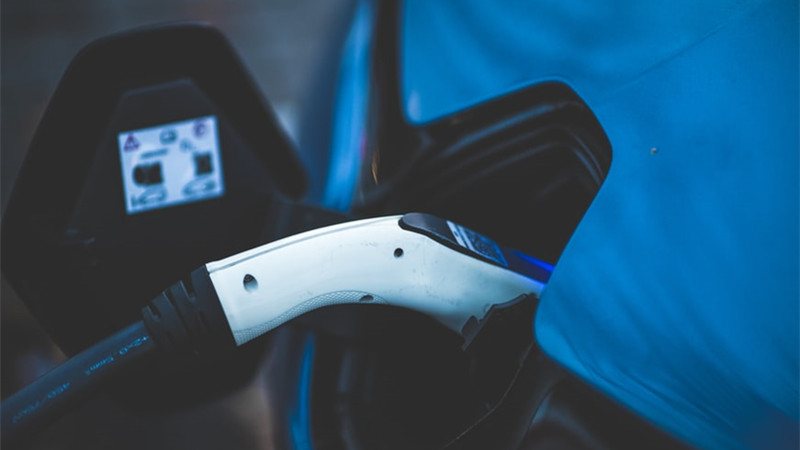Study On PEM Electrocatalyst
Electrocatalysts for hydrogen evolution and oxygen evolution in membrane electrodes are very important for the whole water electrolysis hydrogen production reaction. An ideal electrocatalyst should have the characteristics of corrosion resistance, good specific surface area, porosity, catalytic activity, electronic conductivity, electrochemical stability, low cost, and environmental friendliness. The cathode hydrogen evolution electrocatalyst is in a strong acid working environment, and is prone to corrosion, agglomeration, loss and other problems. In order to ensure the performance and life of the electrolytic cell, the hydrogen evolution catalyst materials are mainly corrosion-resistant Pt, Pd precious metals and their alloys.

The Pt loading of the existing commercial hydrogen evolution catalysts is 0.4-0.6 mg/cm2, and the cost of precious metal materials is high, which hinders the rapid popularization and application of PEM water electrolysis hydrogen production technology. Therefore, it has become a research hotspot to reduce the loading of noble metals Pt and Pd, and to develop non-precious metal hydrogen evolution catalysts suitable for acidic environments. Cheng et al. used a new method of carbon defect-driven spontaneous deposition to construct a highly dispersed, ultra-small (<1 nm) and stable Pt-AC hydrogen evolution electrocatalyst supported by defective graphene. The study showed that the Pt loading of the cathode electrocatalyst was effectively reduced, And the mass specific activity, Pt atom utilization efficiency and stability of the catalyst were significantly improved. In addition, there is a synergistic effect between transition metals and Pt, and the composite materials of Pt and transition metals, such as Pt-WC, Pt-Pd, CdS-Pt, Pt/Ni foams, etc., have shown that composite materials can improve the performance of hydrogen evolution catalysts.
Compared with the cathode, the anode polarization is more prominent, which is an important factor affecting the efficiency of PEM water electrolysis for hydrogen production. The harsh and strong oxidizing environment makes the anode oxygen evolution electrocatalyst only select a few noble metals such as Ir, Ru and its oxides with anti-oxidation and corrosion resistance as catalyst materials. Among them, RuO2 and IrO2 have the best catalytic activity for oxygen evolution reaction. Compared with RuO2, IrO2 has slightly weaker catalytic activity, but has better stability and is cheaper than Pt. It has become the main material for oxygen evolution catalysts. Usually, the amount of Ir in electrolytic cells is higher than 2 mg/cm2.
Similar to hydrogen evolution catalysts, the development of non-precious metal materials with corrosion resistance and high catalytic activity under acidity and high oxygen evolution potential, and reducing precious metal loadings are the research priorities. Composite oxide catalysts, alloy catalysts and carrier-supported catalysts are the research hotspots of oxygen evolution catalysts. Based on RuO2 doping with Ir, Ta, Mo, Ce, Mn, Co and other [19] elements to form binary and multi-component composite oxide catalysts, the catalyst activity and stability can be improved. PtIr and PtRu alloys are the most widely used alloy-type oxygen evolution electrocatalysts, but the high oxygen evolution potential and oxygen-rich environment make the alloy-type catalysts easy to be corroded and dissolved and deactivated. The use of supports can reduce the amount of precious metals, increase the active specific surface area of the catalyst, and improve the mechanical strength and chemical stability of the catalyst. The studied support materials are mainly transition metal oxides with good stability, such as TiO2, Ta2O5 and other materials, as well as modified transition metal oxides. Metal oxides, such as Nb-doped TiO2, Sb-doped SnO2, etc., have also become the focus of research applications.
Disclaimer: We remain neutral to the opinions in the article, which are for reference and communication purposes only. If it involves copyright and other issues, please contact us for deletion, thank you!
Cheersonic is the leading developer and manufacturer of ultrasonic coating systems for applying precise, thin film coatings to protect, strengthen or smooth surfaces on parts and components for the microelectronics/electronics, alternative energy, medical and industrial markets, including specialized glass applications in construction and automotive.
